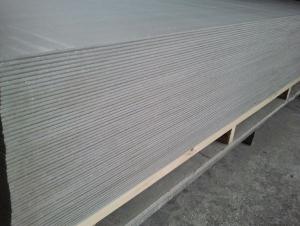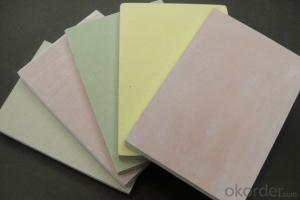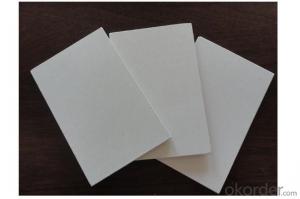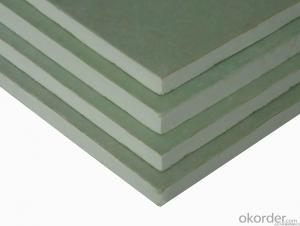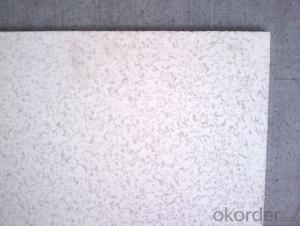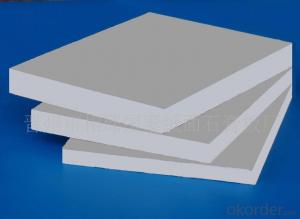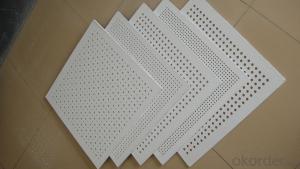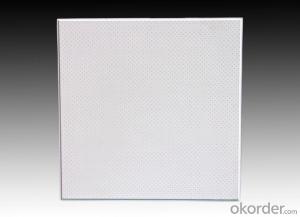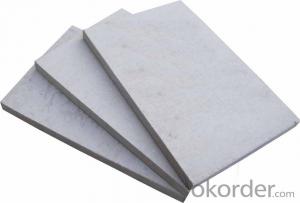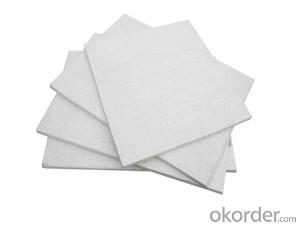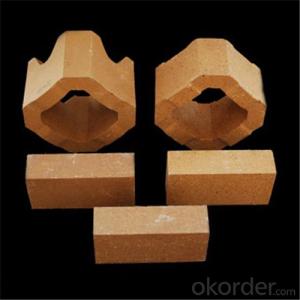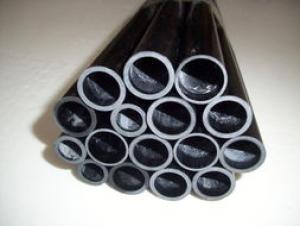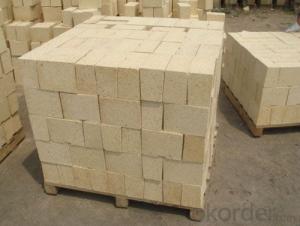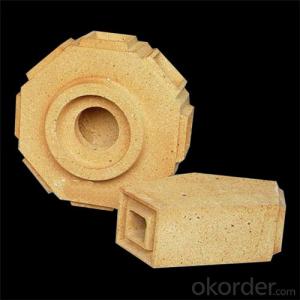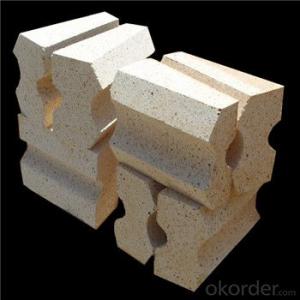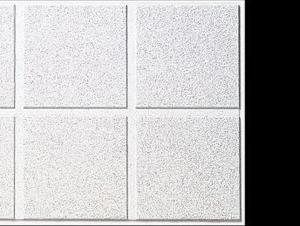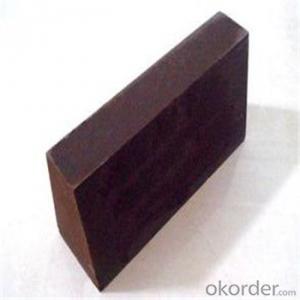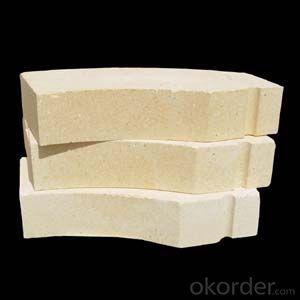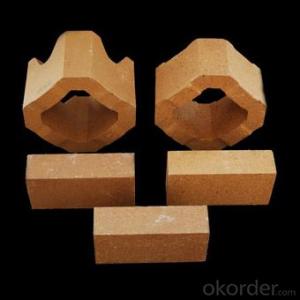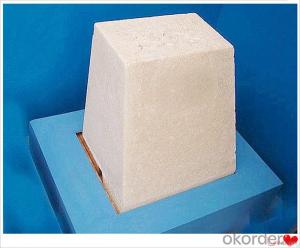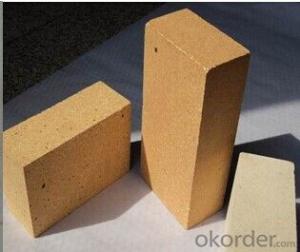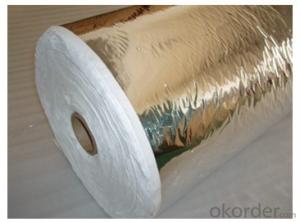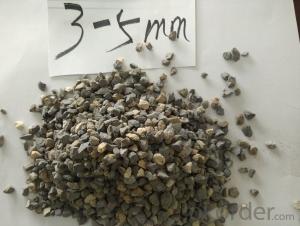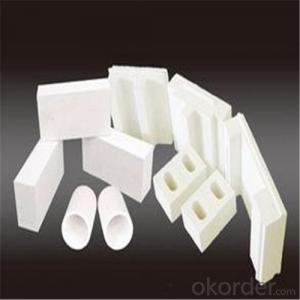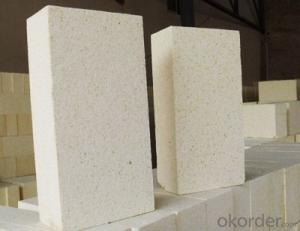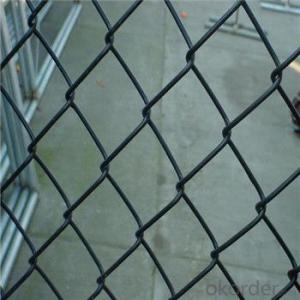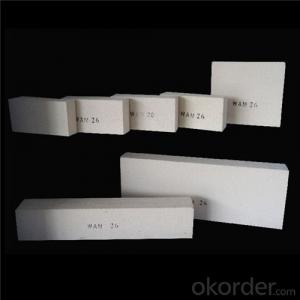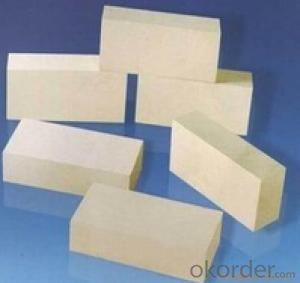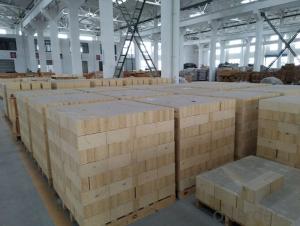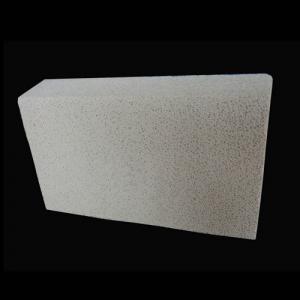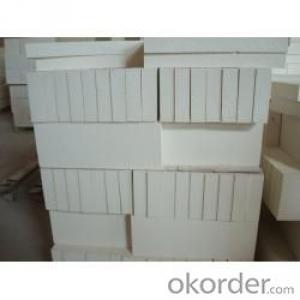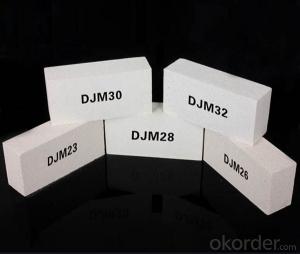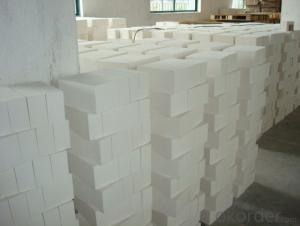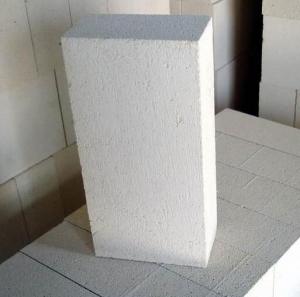Low Weight Bricks
Low Weight Bricks Related Searches
High Five Stainless Steel Prop High Quality Solar Inverter High Temperature Clear Plastic Sheet High Voltage Solar Inverter Stainless Steel Peg Board Best Quality Roofing Felt High Intensity Desk Lamp High Efficiency Hvac Systems High Rupturing Capacity Fuse High-Pressure CompressorHot Searches
Price For Stainless Steel Scrap Scrap Price For Stainless Steel Price For Stainless Steel Price Of Shipping Containers For Sale Stock Price For Aluminum Air Pump For Aquarium Price Used Foam Board Insulation For Sale Bags Of Cement For Sale Types Of Temporary Side Panels For Cement Deck Magnesium Oxide Board For Sale Hdf Board For Sale sintra board for sale Solar With Inverter Price Pedestal Fan With Water Spray Price Price Of Scrap Stainless Steel Price Of Stainless Steel Scrap Price Of Stainless Steel High Mast Light Price List Solar High Mast Light Specification Price For Stainless Steel ScrapLow Weight Bricks Supplier & Manufacturer from China
Okorder.com is a professional Low Weight Bricks supplier & manufacturer, offers integrated one-stop services including real-time quoting and online cargo tracking. We are funded by CNBM Group, a Fortune 500 enterprise and the largest Low Weight Bricks firm in China.Hot Products
FAQ
- No, insulating fire bricks are typically not used in the insulation of walls and roofs. They are primarily designed for high-temperature applications such as lining kilns, furnaces, and fireplaces. Other types of insulation materials such as fiberglass, foam, or cellulose are more commonly used for wall and roof insulation due to their better thermal properties and lower cost.
- Yes, insulating fire bricks can be custom-made. Insulating fire bricks are typically made from lightweight materials such as vermiculite, perlite, or refractory fibers, which can be easily molded into various shapes and sizes. This flexibility allows manufacturers to create custom-made insulating fire bricks to meet specific requirements and applications. Customization options may include variations in dimensions, thermal conductivity, compressive strength, and density. By tailoring the composition and design of insulating fire bricks, they can be optimized for specific temperature ranges, insulation requirements, and environmental conditions. Therefore, customers can work with manufacturers to develop custom solutions that best suit their unique needs.
- Yes, insulating fire bricks can be used in the construction of glass slump molds. Insulating fire bricks are made of lightweight materials that are able to withstand high temperatures, making them suitable for use in kilns and other heat-intensive applications. When constructing a glass slump mold, it is important to have a material that can withstand the heat of the glass as it slumps and takes shape. Insulating fire bricks provide the necessary insulation and heat resistance required for this process. They can be cut and shaped to fit the desired mold design and can withstand repeated firings without degrading or crumbling. Overall, insulating fire bricks are a reliable and durable option for constructing glass slump molds.
- How shall the sintered porous self insulation bricks be laid at the bottom of the beam?
- And the concrete beam should be broken brick masonry. Top packing.
- Insulating fire bricks exhibit resistance to cracking when subjected to pressure. They are specifically engineered to endure elevated temperatures and mechanical strain. Composed of lightweight materials with low thermal conductivity, like ceramic fiber or lightweight aggregates, these bricks maintain their structural integrity even under pressure or thermal expansion. Moreover, insulating fire bricks typically possess a significant alumina content, enhancing their strength and crack resistance. These qualities make them an excellent choice for applications requiring insulation and structural stability, such as furnaces, kilns, and high-temperature industrial processes. Nevertheless, it is crucial to acknowledge that excessive pressure or abrupt temperature changes can still harm insulating fire bricks. Thus, it is essential to adhere to proper installation and maintenance guidelines to ensure their durability and performance.
- Insulating fire bricks prove to be a suitable option for thermal insulation in boilers. They are specifically engineered to possess exceptional insulating abilities, enabling them to efficiently diminish heat transfer in environments with high temperatures, like boilers. These bricks are crafted from lightweight materials and possess a low thermal conductivity, thus rendering them highly suitable for applications related to thermal insulation. By incorporating insulating fire bricks in boilers, energy efficiency can be enhanced by minimizing heat loss and ensuring optimal utilization of the boiler-generated heat. Moreover, these bricks exhibit remarkable resistance to elevated temperatures and can endure the harsh conditions prevalent within a boiler, thereby establishing themselves as a dependable choice for thermal insulation.
- Certainly! Kilns or furnaces can indeed utilize insulating fire bricks. These bricks are purposely constructed to endure elevated temperatures and thermal shock, rendering them exceptionally suitable for kilns or furnaces. Their remarkable insulation capabilities aid in heat preservation and enhance energy efficiency. Moreover, these bricks are lightweight and simple to install, hence their widespread preference for lining kiln or furnace walls and floors. All in all, insulating fire bricks present a dependable and efficient means of upholding high temperatures and guaranteeing optimal performance in kilns or furnaces.
- What's the price of lightweight refractory bricks?
- Insulation bricks according to size, material, performance of different prices are not the same, the same products in different regions also vary slightly
